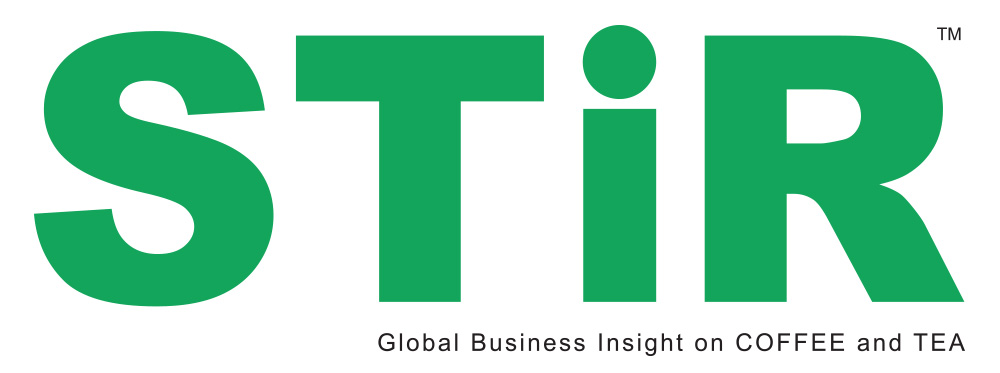1 of 4

Premium ingredients and healthy blends of fruit and cheese differentiate Nayuki from traditional bubble tea chains.
2 of 4

Nayuki introduced the first cheese fruit tea, a blend of fresh strawberries poured into jasmine green tea, finished with a topping of a light and creamy cheese foam. The drink is so successful Nayuki bought the strawberry farm to guarantee the strawberries arrive at their peak of flavor. Photo by Nayuki.
3 of 4

Nayuki's Signature Cheese Cloud FruiTEAs
4 of 4

Vanilla Ice Cream Float Fruit Teas
Investors could not get enough bubble tea as fruit, bubble, and cream-cheese tea chain Nayuki debuted with a US$656 million offering on the Hong Kong stock exchange. The HK$5 billion Initial Public Offering (IPO) was 190 times oversubscribed. Filings document the lucrative potential based on sustained consumer demand for bubble tea not only in China, but globally. The chain currently operates 560 locations (including stores in Hong Kong and Japan) with plans for US expansion that were put on hold due to the pandemic.
The Shenzhen-based company, founded by husband wife team (Zhao Lin and Peng Lin respectively who each own 28% of the company) opened a single shop in 2014 quickly followed by two more after testing the market pioneered by cross-town rival Hey Tea, a privately held company estimated to also be worth several billion.
Nayuki differentiated their product by using premium quality fruit in their blends and introducing a new flavor weekly. Nayuki’s mainland China locations in densely populated tier 1 cities offer popular bakery items, including coffee and stacks for office workers.
See: ‘New Style Tea’ Trending in Bubble Tea Lands
The company intends to open 300 more locations in China in 2021 and 350 in 2022. International locations include Japan, Hong Kong, and Singapore.
In its IPO filing, Nayuki reported daily revenue per store averaged RMB20,200 (US$3,125.00) last year compared to an average of RMB27,700 in 2019. Profit margins fell from 21% to 13.5% due to Covid-19 lockdowns that temporarily closed 500 locations but returned to 17.3% for the second half of 2020 on revenue of $445 million. Online orders continue to outnumber in-person orders in most locations with delivery to offices replacing individual visits. Sales increased 25% despite a bad year, according to the prospectus.
The IPO debuted before a planned IPO by Hey Tea, a larger closely held venture with more than 500 Chinese locations that has also established a foothold in the US. Euromonitor estimates Hey Tea holds 8.8% share of China’s tea and coffee shop market. Starbucks holds 36.4% share overall, but warned in its November annual report that “Entry of new competitors to the specialty coffee market in China” presents a significant risk to profits there. China is the second largest market for Starbucks globally. In China, tea shops outnumber coffee shops by 4:1.
Consumer Tea Trends in China
In early 2020 Nayuki released a Chinese language white paper on consumer trends, researched by 36Kr, a publicly traded database and market research venture.
The report found that monthly consumption of milk tea reached a high in 2019. Consumer surveys revealed “that 83% of drinkers purchase 5-14 cups of freshly brewed tea every month, and 72% of customers spent RMB200 ($29) on their monthly tea fix," according to the 2019 New-Style Tea Drinks Consumption report.
Females are the core patrons across all age groups, accounting for more than 70% of purchases, followed by post-90s males (ages 21-30). Customers prefer cold-brewed tea served with fruit, topped with cheese, and sold with a soft "euro-bake" pastry.
At Nayuki, fruit teas are the most popular drink, ordered by 83% of customers, followed by milk tea (65%). A consumer survey in January 2020 for the first time showed sales of non-sweetened products outselling calorie-rich cheese tea. Cheese is the topping favored by 75.4% of customers.

